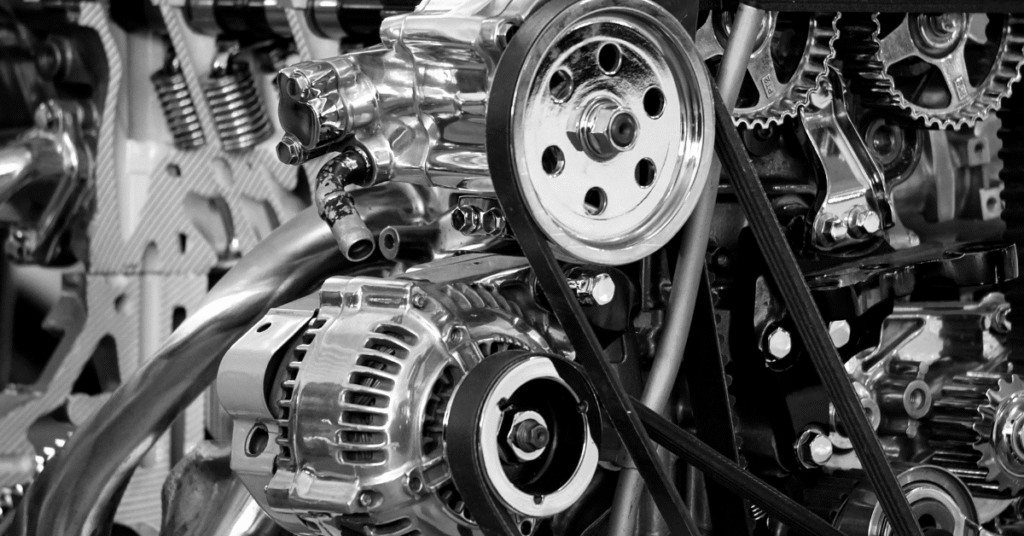Vehicle body building is a crucial part of the automotive and commercial transportation industry. High-quality fabrication ensures not only the aesthetic appeal of a vehicle but also its safety, durability, and compliance with regulations. This blog explores why quality fabrication matters and how it affects overall vehicle performance.
What is Vehicle Body Fabrication?
Vehicle body fabrication is the process of constructing the frame and body of vehicles like buses, trucks, vans, and special-purpose commercial vehicles. It involves:
- Sheet metal cutting and shaping
- Welding and frame alignment
- Painting and corrosion protection
- Interior fitting and insulation

Why Quality Fabrication is Critical
1. Safety First
A well-fabricated vehicle body ensures the safety of both driver and cargo. Precision in welding, strong joints, and quality materials reduce the risk of structural failure in accidents.
Fact: Poor body construction can lead to serious injuries during rollovers or collisions.
2. Longevity and Durability
High-quality fabrication uses rust-resistant materials, precision welding, and reinforced joints. This results in a longer lifespan and better return on investment.
3. Enhanced Aesthetics and Branding
Commercial vehicles are also brand carriers. A neatly fabricated and well-painted body represents professionalism and builds trust with customers.
4. Better Fuel Efficiency
Proper body alignment reduces wind drag, which improves aerodynamics. This ultimately contributes to better fuel efficiency.
Key Elements of Quality Fabrication
Material Selection
Use of high-grade steel or aluminum plays a pivotal role in the strength and weight of the body.
Welding Standards
Adhering to industry welding standards like MIG or TIG welding ensures joint integrity and long-lasting durability.
Protective Coating
Anti-corrosion paint and underbody coatings are essential, especially for vehicles operating in harsh environments.
Precision Tools & Machinery
Modern CNC machines and hydraulic presses allow for accurate cuts and bends, reducing human error.
Compliance with Automotive Standards
Quality fabrication must comply with:
- CMVR (Central Motor Vehicles Rules)
- AIS standards (Automotive Industry Standards)
- Environmental and safety norms
Adherence ensures roadworthiness, insurance eligibility, and customer satisfaction.
Conclusion
High-quality fabrication in vehicle body building isn’t just about looks—it’s about safety, efficiency, and performance. Investing in the right fabrication process and partners can make a significant difference in the life and success of a commercial vehicle.

Are you looking for a reliable vehicle body fabrication partner? Contact Us today to discuss your custom vehicle needs with our experienced engineering team.

